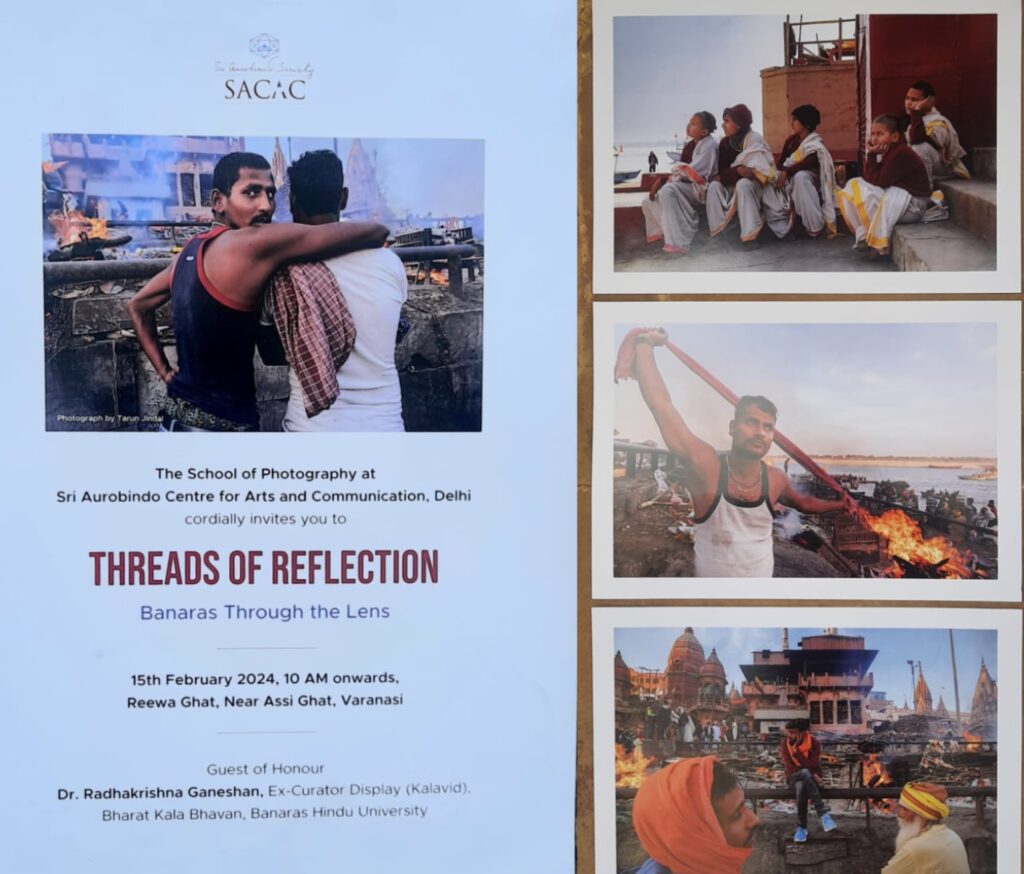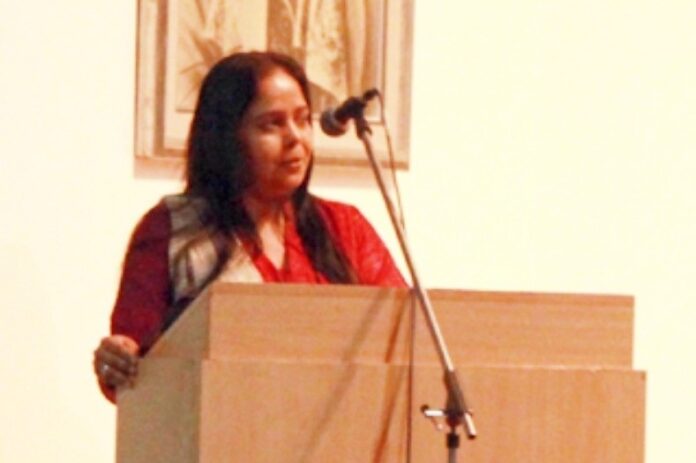Established in 2003, the Sri Aurobindo Centre for Arts and Communication (SACAC), affiliated with the Sri Aurobindo Society, stands as a beacon of multi-disciplinary education in mass communication and the arts. SACAC aims to cultivate a new generation of media professionals adept at creative thinking, conscious work, and impactful communication. It advocates for an open and responsible media capable of shaping a diverse and equitable world.
Recognizing the individuality of each student, SACAC meticulously designs its curriculum to blend theory and practice, nurturing artistic expression alongside technical proficiency. With a commitment to excellence and integrity, SACAC has empowered its graduates to thrive in various fields including advertising, public relations, photography, filmmaking, and sound design.
Offering postgraduate diploma courses ranging from one to two years in duration, SACAC also provides part-time programs lasting from two to six months. Through industry interactions and experiential learning opportunities, SACAC fosters an environment of creative freedom and support, preparing students to confidently embark on their professional journeys with a passion for excellence and a strong sense of purpose.
In an exclusive interaction with The Interview World, Daljeet Wadhwa, Director, SACAC sheds light on the photography exhibition organized at Varanasi, narrates the messages behind each genre, and elaborates on the career options for photography. Here are the key highlights from her interview.
Q: What insights can you provide about the photography exhibition you’re organizing in Varanasi?
A: The exhibition celebrates the culmination of a year’s worth of learning and creativity by our photography students at the Sri Aurobindo Centre for Arts and Communication (SACAC) in Delhi. As a proud unit of the Sri Aurobindo Society Pondicherry, we annually bring our students to Varanasi, drawn by its status as a microcosm of India’s rich tapestry of cultures and traditions.
Amidst the bustling streets and vibrant markets of Varanasi, our students immerse themselves in the diversity that surrounds them. They learn to navigate the chaos and identify compelling subjects for their photography projects. From the initial research phase to the final curation of the exhibition, spanning a 10-day journey, students gain hands-on experience in every aspect of the photographic process.
We intentionally choose public spaces for our exhibitions to ensure that the art of photography reaches beyond gallery walls and resonates with the very communities depicted in the images. This marks the third edition of this transformative journey for our students.
Q: What is the total number of students participating in the exhibition, and what specific focus areas are being represented by each participant?
A: Twelve dedicated students actively participated in this project, each tasked with capturing and showcasing nine images. Their subjects ranged across diverse segments, including music, the esteemed Gharana of Banaras, quaint village life, and the empowering sight of women engaged in various professions. Additionally, they immersed themselves in documenting their encounters with nuns in Sarnath and their experiences at Anandamayi Ashram, a center for Sanskrit learning, and Moksha Bhavan.
Their exploration extended beyond mere documentation; they sought to delve into the intricate tapestry of people, culture, and heritage. From the bustling scenes at Manikarnika Ghat to the serene surroundings of Sarnath, they dedicated substantial time to capture the essence of each location. Particularly noteworthy is their portrayal of death, a subject that deviates significantly from celebratory norms observed in other regions. This unique perspective forms a central theme in their collective body of work, highlighting the rich diversity of human experiences and cultural nuances present in the region.
Q: What emotions or messages do the photographs evoke, and how does the exhibition as a whole contribute to the broader conversation in contemporary photography?
A: The photographs of Varanasi evoke a myriad of emotions and messages, reflecting the rich cultural tapestry of this ancient city. Varanasi, one of the oldest continuously inhabited cities in the world, holds deep cultural, spiritual, and historical significance in India. Through the lens of contemporary photography, the exhibition captures the essence of Varanasi’s cultural diversity, offering glimpses into its vibrant streets, sacred rituals, and diverse inhabitants.
Emotions stirred by these photographs range from awe and reverence to curiosity and contemplation. The images may evoke a sense of spiritual transcendence as viewers witness the rituals along the ghats of the Ganges River, where devotees engage in prayer, meditation, and cremation ceremonies. At the same time, the bustling streets filled with colorful markets, diverse faces, and architectural wonders may evoke feelings of vitality, chaos, and vitality.
Messages conveyed through these photographs speak to the enduring traditions, resilience, and interconnectedness of Varanasi’s diverse communities. They highlight the coexistence of ancient customs and modern life, showcasing how tradition and innovation intersect in this dynamic city. Furthermore, the images may provoke reflections on themes such as the cycle of life and death, the pursuit of spirituality amidst urban realities, and the complexities of cultural identity in a rapidly changing world.
Q: What emerging trends, technologies, and market dynamics are shaping the future landscape of photography as a viable career option?
A: The future of photography as a career is multifaceted, offering both challenges and opportunities. With advancements in technology, such as high-quality smartphone cameras and accessible editing software, the barrier to entry has lowered, leading to increased competition. However, this democratization also opens avenues for creative expression and entrepreneurship.
Professional photographers will need to adapt by specializing in niche markets or offering unique services that cannot be easily replicated by amateurs. This could include specializing in genres like drone photography, virtual reality, or immersive experiences. Additionally, those who excel in storytelling and capturing authentic moments will continue to thrive, as demand for compelling visual content remains high across various industries, from advertising to journalism.
Furthermore, the rise of social media platforms and online marketplaces provides avenues for photographers to showcase their work, build their brand, and connect with clients globally. Collaboration with other creatives, such as stylists, designers, and influencers, can also be beneficial in expanding one’s network and reaching new audiences. However, it’s essential to acknowledge the challenges, such as pricing pressure and copyright issues in an increasingly digital and interconnected world. Continuous learning and staying abreast of technological developments will be crucial for staying competitive in this ever-evolving field.



